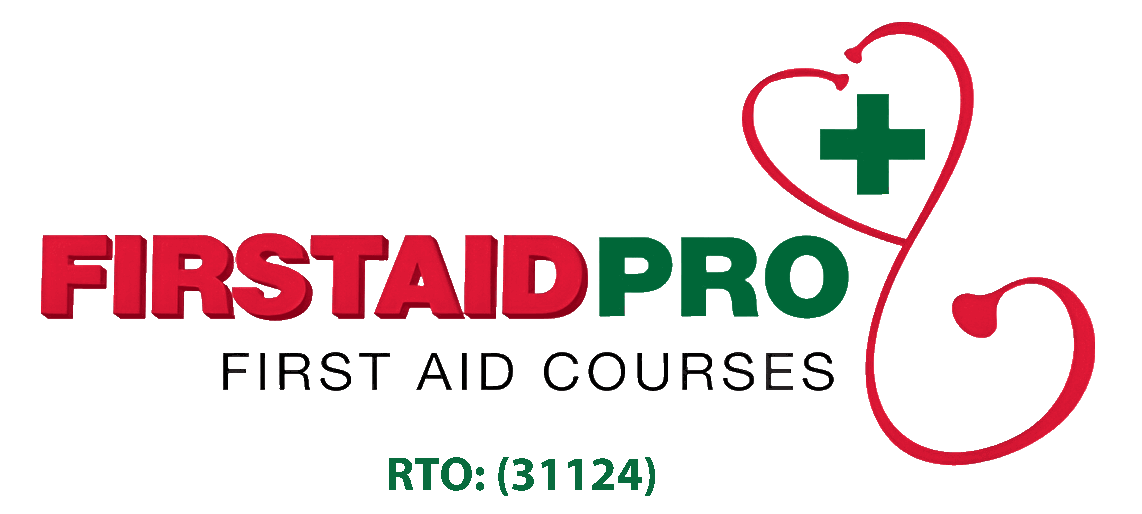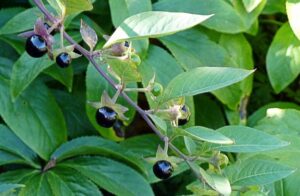A lot of plants in Australia can cause highly allergic reactions. People who work or often spend time outdoors are at risk of exposure to poisonous plants.
An allergic reaction can happen either through direct or indirect contact, inhalation, or ingesting particles. Some can also pierce the skin with sharp pines. Few of them have lasting harmful effects, but we still should treat poisonous plants with care and urgency.
The Risk of Harmful and Poisonous Plants
Plants may seem harmless, but some are surprisingly deadly to those who may come across their path. It develops toxins (poison) as a defence for people trying to pick or go near it. A high concentration of the poison is in leaves and flowers, which can be more harmful if consumed. Toxins usually increase with rising carbon dioxide, making plants more toxic during drought season.
A large per cent of the Australian population have allergies, and this prevalence is steadily increasing. Four out of five people experience an allergic reaction to poisonous plants each year.
The potential danger lies in the extent of exposure. Certain plants can cause severe illness or death in small amounts, while others need large quantities before symptoms appear.
10 Highly Poisonous Plants in Australia
About 1000 Australian plant species are known to cause harm to both humans and animals. Getting in contact with a few can cause skin and eye irritation, rashes, and discomfort. Some can produce cyanide, which in large quantities can be harmful to one’s health.
Plants may vary in each state, but here’s a list of some poisonous plants to avoid wherever possible.
Castor oil plant (Ricinus communis)
The Castor oil plant is a large, flowering shrub with toxic seeds, flowers, and leaves. Chewing and swallowing a few of its parts can result in vomiting, nausea, diarrhea, and abdominal pain.
Coral tree (Erythrina genus)
A tropical or subtropical tree legume whose leaves, bark, and seeds are poisonous. The seeds are particularly toxic to small children and people with allergic conditions. It can cause shortness of breath, weakness, lightheadedness, and cyanosis (pale, bluish skin due to lack of oxygen in the blood).
Common or pink oleander (Nerium oleander) and yellow oleander (Thevetia peruviana)
Poisonous plants where every part, including the seeds, are toxic. Symptoms include vomiting, diarrhea, irregular heartbeat, dilated pupils, coma, and worse, death.
Deadly nightshade (Atropa belladonna)
Deadly nightshade is a poisonous perennial plant in the nightshade family with round black or purple berries, which are highly toxic. Ingesting these poisonous berries can result in fever, skin flushing, vomiting, confusion, and hallucinations.
Rhus or wax tree (Toxicodendron succedaneum)
It is a flowering plant species found notably found in Asia, Australia, and New Zealand. Rhus or wax trees can trigger strong allergy reactions, causing itchiness and skin blisters over a week or longer.
Other poisonous plants to avoid:
- Black bean (Castanospermum australe)
- Strychnine tree (Strychnos nux-vomica)
- Angel’s trumpets (Brugmansia spp.)
- Deadly nightshade (Atropa belladonna)
- Milky mangrove (Excoecaria agallocha)
First Aid Treatment
Apply the following first aid measures if suspect a person has been exposed to poisonous plants.
For skin contact – Gently remove contaminated clothing. Wash affected areas with an ample amount of room temperature water.
For eye contact – Rinse eyes with a slow, gentle stream of water from a small container for the next 10 to 15 minutes. Rinsing helps flush out toxins in the eye.
For swallowed plants – Do not induce vomiting as it can further result in complications. Rinse to remove any remaining plant pieces in the mouth. Keep a medicine container handy.
For severe symptoms, phone the Poison Information Centre on 13 11 26 or visit their website for more information.
Conclusion
Some plants in Australia can produce a diversity of chemicals, which is potentially toxic to humans and animals. Poisonous plants can cause a wide range of symptoms. In a worst-case scenario, it can be fatal. Preventing direct contact and first aid treatment is essential.

